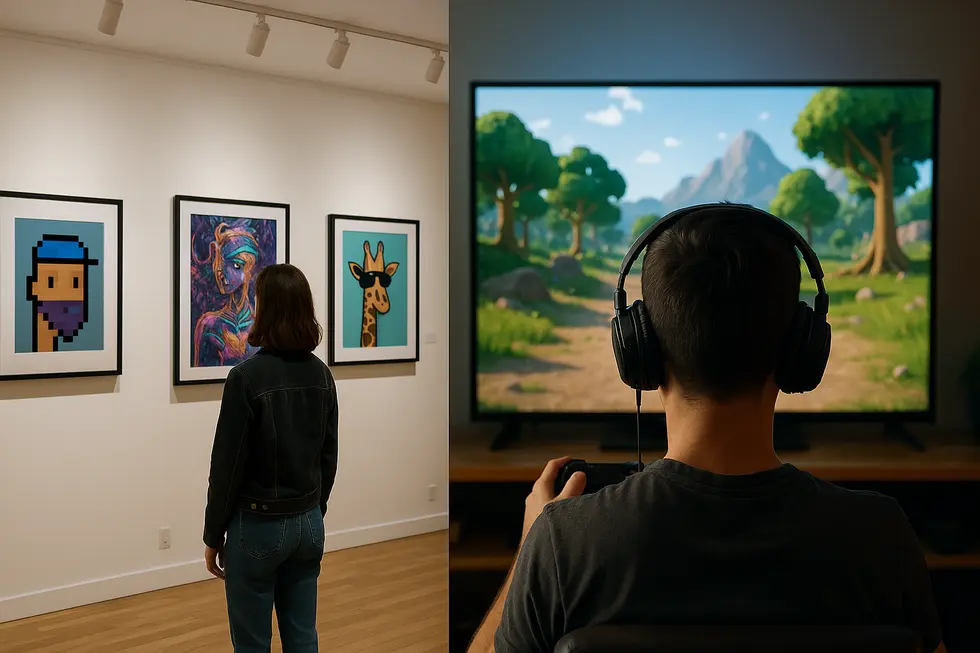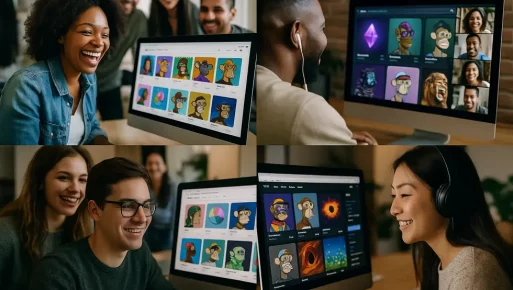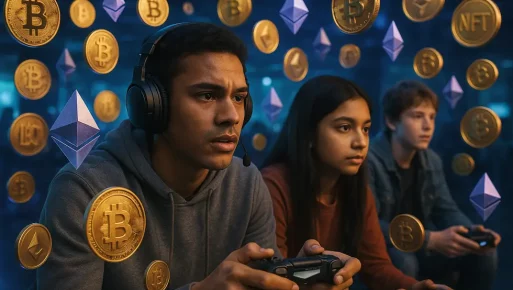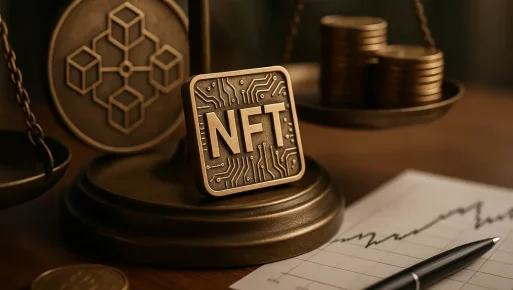NFTs are reshaping the digital landscape, providing new opportunities for gamers, digital artists, and investors. While NFT games and NFT art share the common ground of blockchain technology, they diverge in purpose, functionality, and audience. This article delves into these key differences, guiding NFT enthusiasts, gamers, and crypto-curious individuals through an informative exploration of these two dynamic realms.
Exploring the Divergence: NFT Games and NFT Art
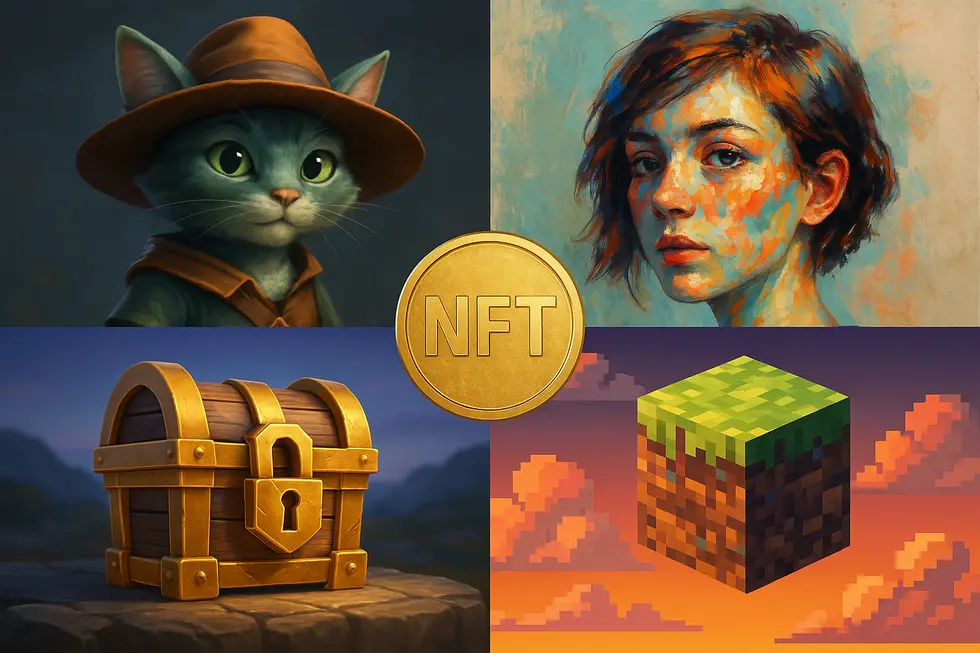
The world of non-fungible tokens (NFTs) showcases an intriguing split between realms like gaming and art, each with distinct purposes and audiences. NFT Games revolutionize digital entertainment by transforming in-game items such as avatars, skins, and weapons into unique, tradable assets. This decentralization allows players genuine ownership, adding an economic dimension to gaming previously unattainable. Projects like Based Eggman exemplify this innovation by merging art and gaming, offering players tangible rewards through interactive engagement.
Conversely, NFT Art has democratized digital expression, enabling artists to bypass traditional gatekeepers and connect directly with global collectors. Stored on blockchain platforms like Ethereum, these artworks not only enjoy worldwide exposure but also incorporate programmable elements that adapt to external factors, vastly different from conventional forms.
The divergence between these two NFT applications is marked by their purpose—games cater to interaction and art to static beauty or programmed dynamism. Their marketplaces often differ, with gaming environments bolstering their own markets. For those diving into NFTs, understanding such differences is crucial for navigating potential investments and applications. For further insights into investment strategies, explore this guide on NFT investing.
The Convergence of Creativity and Gameplay in NFT Games
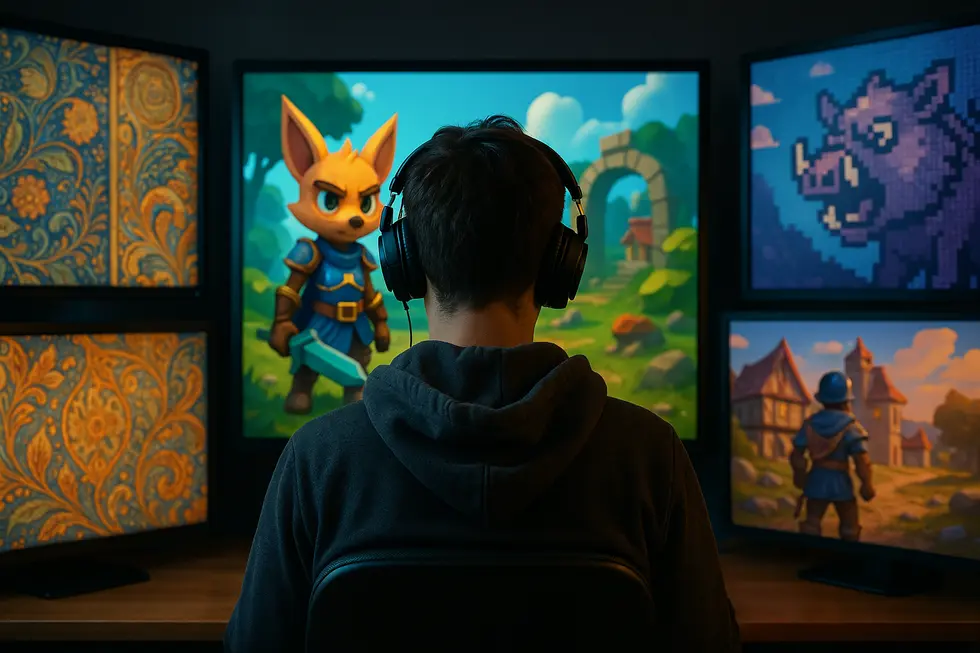
In the captivating world of NFTs, NFT games stand out by ingeniously weaving digital artistry with entertainment. Unlike NFT art, which focuses on the aesthetic and collectible value, NFT games elevate this by incorporating interactive elements and playability. Players not only own unique digital assets, like rare characters or weapons, but also actively engage with them in dynamic game environments.
This fusion of art and gameplay allows for a richer user experience, where aesthetically pleasing visuals meet the thrill of ownership. The interactive aspect of NFT games democratizes art in a novel way, allowing players to showcase limited-edition items, sometimes crafted by prominent artists, within the games’ realms.
Furthermore, the economics of NFT games are driven by both scarcity and functionality. While art NFTs are often valued based on rarity and the reputation of their creators, game NFTs introduce a layer of utility, where items possess intrinsic value within their virtual worlds. This complexity creates decentralized economies where player decisions influence market dynamics, challenging traditional paradigms of ownership and interaction in digital spaces.
For those venturing into the realm of NFT gaming, understanding the intersection of art, play, and economy is crucial. Such insights invite exploring the potential of NFTs beyond mere collectibles. Learn more about NFT basics and distinctions.
The Intersection of Creativity and Ownership in NFT Art
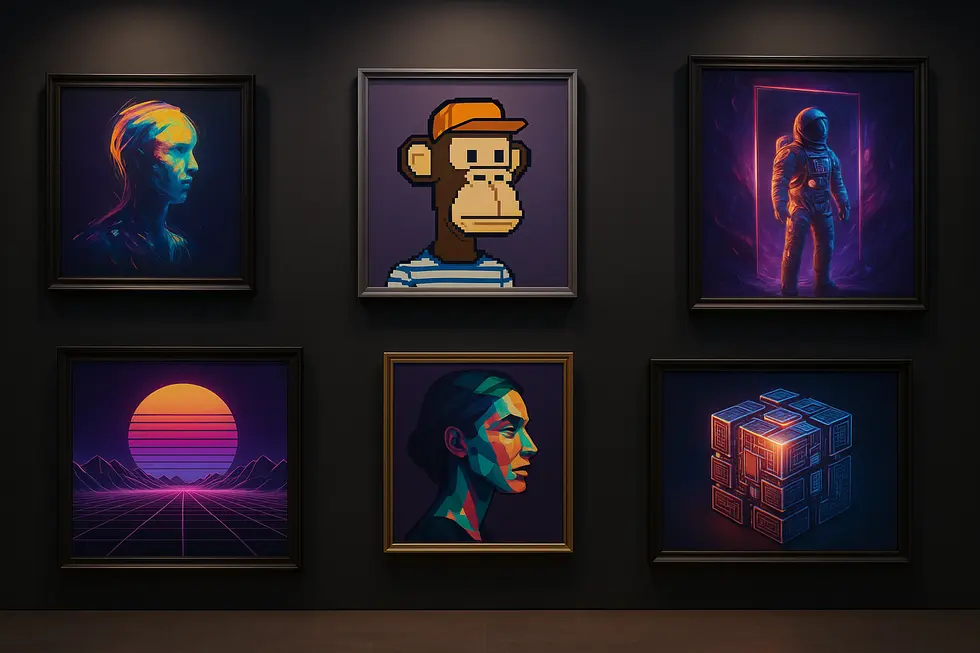
NFT art transforms digital creativity by embedding elements of scarcity and authenticity into the digital medium via blockchain technology. It offers artists a revolutionary platform where each piece, ranging from images to complex animations and videos, is unique and verifiable as a non-fungible token. This aspect mirrors the value traditionally accorded to physical artwork such as the Mona Lisa, but in a digital format. Platforms like Foundation and SuperRare lend digital artists a direct path to monetization, cutting out intermediaries and empowering them with control over their intellectual property. The programmability of NFTs means artists can implement smart contracts that enforce royalty payments, further ensuring long-term benefits from their work.
However, the rise of NFT art has sparked debate regarding its artistic integrity and originality. While some pieces stand out for their aesthetic and conceptual depth, others are critiqued as being algorithmically generated, raising questions about the essence of creativity in this space. Despite this, the core appeal of NFT art—providing a transparent and secure platform for artists to connect with global collectors—remains unchallenged. For artists aiming to explore the NFT realm, understanding its potential and navigating platforms effectively is crucial Create NFTs – Digital Artworks.
Divergent Destinations: Understanding the Purpose and Market Dynamics of NFT Games Versus NFT Art
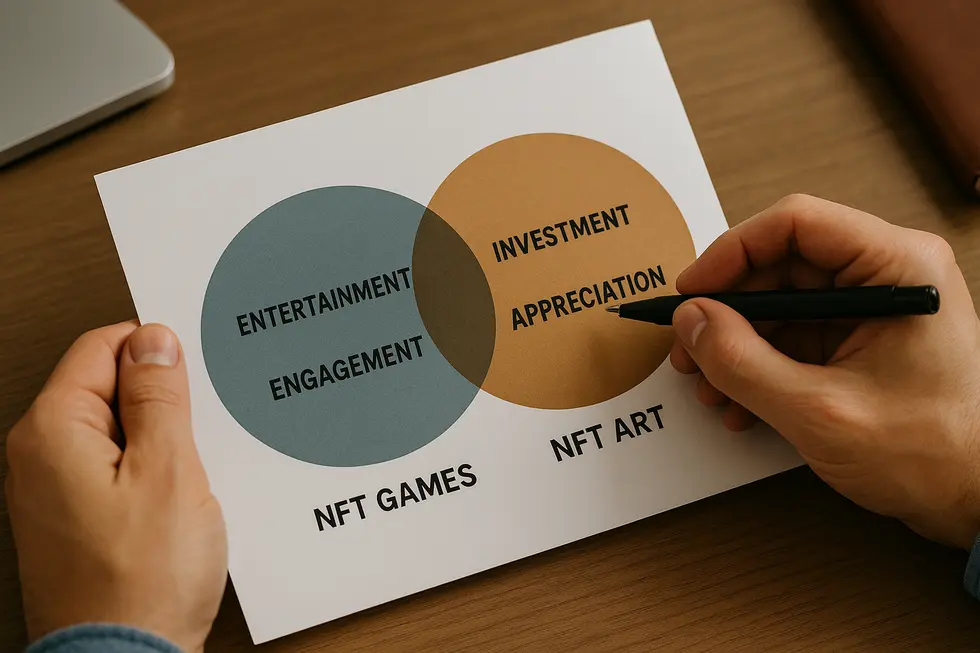
NFT games and NFT art represent two distinct facets of the blockchain universe, each driven by unique purposes and market dynamics. At the core, NFT art thrives on authenticity and uniqueness, echoing the legacy of classical art by establishing digital masterpieces on the blockchain. This market attracts collectors and enthusiasts who value the aesthetic and speculative dimensions of owning a piece of digital art. The allure lies in owning a unique digital collectible, often verified by an artist’s reputation and cultural standing.
Conversely, NFT games inject functionality and economic incentives into the digital sphere. Here, NFTs transform into in-game assets, such as characters and virtual real estate, amplifying the gaming landscape with tangible utility. Players can trade, monetize, and use these assets to unlock earning potential, deeply intertwining with gameplay mechanics. The dynamics of this market revolve around player engagement, in-game asset scarcity, and community demand, forming a vibrant token economy.
Thus, while both areas harness blockchain to validate ownership, NFT art leans towards collectible and investment value, whereas NFT games focus on enhancing interactive experiences and providing economic incentives. To delve deeper into these market dynamics and their broader implications, exploring resources on NFT market trends can offer valuable insights.
Crafting Digital Realms: Innovation’s Role in Defining NFT Games and Art
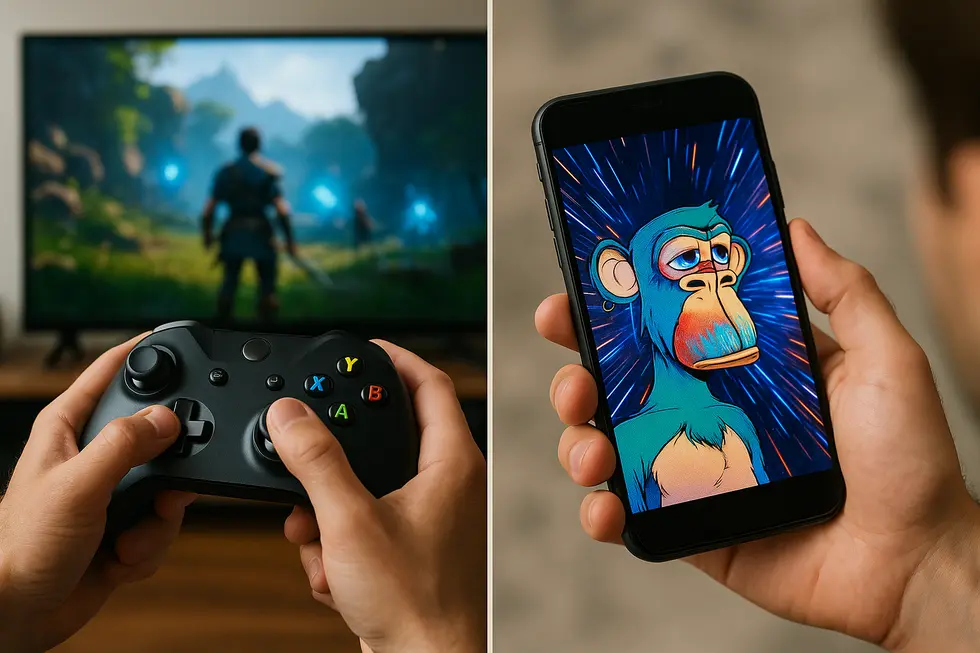
NFTs are paving new avenues in the digital landscape by offering unique ways to own and trade digital assets. This innovation spans both the art and gaming industries, with each domain harnessing the technology distinctly. NFT art focuses primarily on creating digital collectibles that range from art pieces to music, emphasizing rarity and authenticity enabled by blockchain verification. This element of scarcity mirrors traditional art values, making digital art both appealing and collectible.
Conversely, NFT games blur the lines between digital realm immersion and real-world economics. By using NFTs to provide players with exclusive in-game assets like skins or weapons, these games offer not just an interactive venture but also a form of monetization for players. Projects such as Based Eggman boost this integration, allowing user-driven content creation and marketplace influence.
The divergence in functionality and purpose is stark. While NFT art prioritizes ownership and aesthetic value, NFT games champion interactivity and entertainment. To delve deeper into the intricacies of NFTs and their applications, you can visit Monbase Global. Such innovations illustrate how technology not only mimics but elevates traditional business models in both art and entertainment spheres.
Exploring Monetization: Divergent Paths of NFT Games and Art
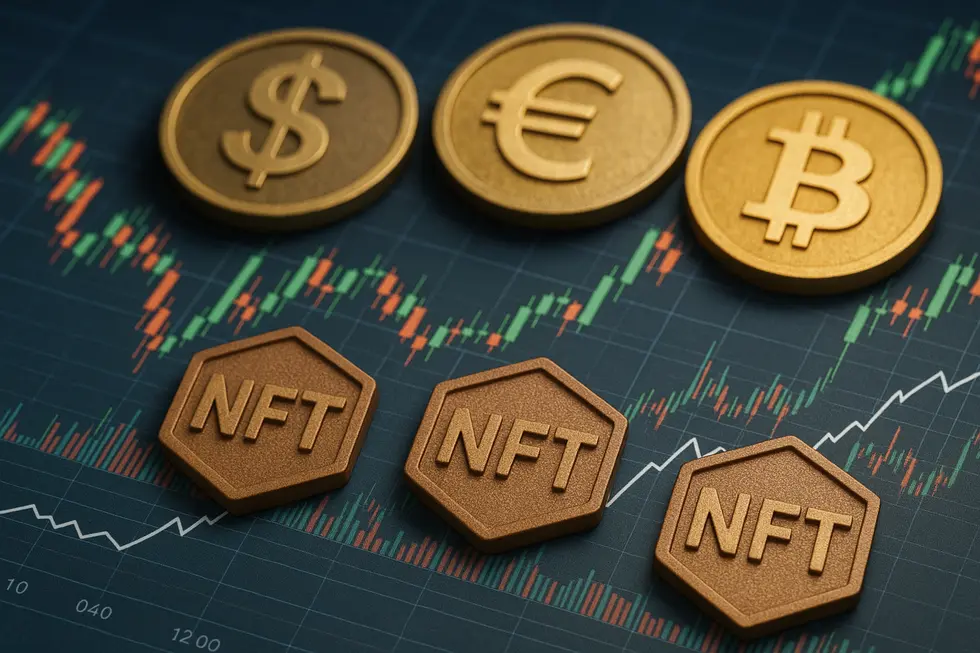
NFT games and NFT art utilize blockchain to create distinct monetization paths, reflecting their unique purposes and audiences. NFT games harness a diversified revenue approach, blending initial asset sales, in-game purchases, and subscriptions like Pudgy Penguins’ Pro Pass. This strategy, coupled with the play-to-earn model, fosters sustained engagement and economic opportunities, particularly appealing in markets seeking monetary gain through entertainment.
In contrast, NFT art hinges on primary sales and royalties, emphasizing the art’s inherent value and authenticity. Artists benefit significantly from smart contracts, ensuring ongoing royalties with each resale, hence, supporting a creator economy less reliant on intermediaries. While some foray into tokenized experiences, the essence lies in the artwork’s uniqueness and the speculative market dynamics driven by cultural relevance.
These differences highlight NFT games’ focus on interactive engagement and frequent transactions, catering to gamers’ dynamic experiences, versus NFT art’s pursuit of artistic value and scarcity, targeting collectors and enthusiasts. This dichotomy underscores the broader economic implications as digital assets continue to evolve. Discover how NFT memberships are booming in Asia to see similar integration trends.
Final thoughts
As the NFT ecosystem continues to evolve, the distinct pathways of games and art present unique opportunities and challenges. By understanding the key differences, enthusiasts, artists, and investors can position themselves strategically within these dynamic markets.
About us
Monbase Global is a strategic partner of OpenLive Group, focused on expanding the reach and utility of blockchain and digital asset applications across international markets. As a core collaborator in the Monbase NFT ecosystem, Monbase Global plays a vital role in driving cross-border partnerships, investment strategies, and user adoption beyond Vietnam. With a vision to build a decentralized digital economy rooted in trust and innovation, Monbase Global supports the international growth of NFTs, digital collectibles, and the use of the MBC token across various platforms. The partnership between Monbase Global and OpenLive Group brings together local insight and global ambition—creating real-world value for creators, collectors, and businesses alike.
🌐 Join the Monbase NFT community and stay ahead of the Web3 curve.
💬 Follow us on Telegram, Twitter, or Discord for drops and updates!
Facebook | X (formerly Twitter) | Telegram announcement | Telegram community


